Did you know 80% of common infections spread through contaminated surfaces? Yet most people grab the first wipe they see, risking ineffective germ control. Let’s fix that.
Sanitizing wipes reduce bacteria by 99.9% in 30 seconds1, while disinfectants kill viruses and fungi but require 3-10 minutes2. Choose based on pathogen type, surface material, and exposure risks3 like food contact or immunocompromised individuals.
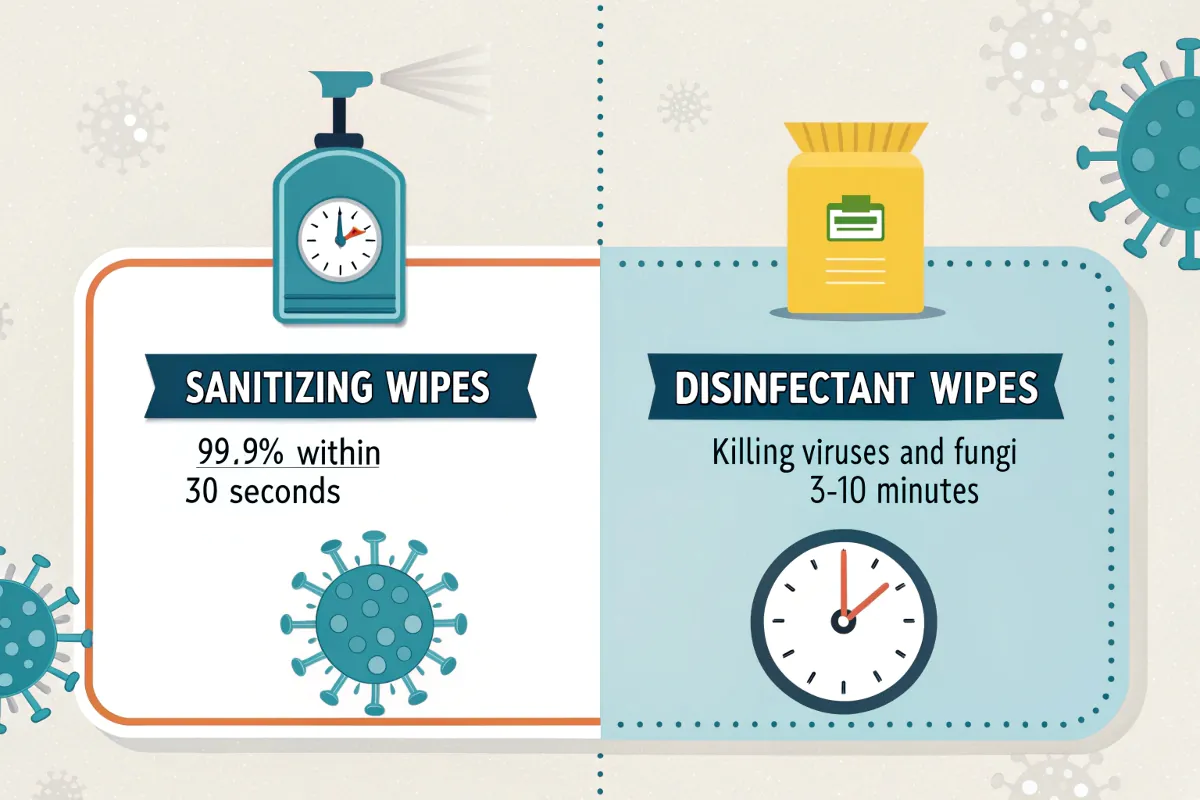
Confusion about wipes costs businesses $3B annually in improper hygiene practices. But with the right framework, you’ll never second-guess your wipe choice again.
What’s the Real Difference Between Sanitizing and Disinfecting Wipes?
Ever wiped a counter only to wonder if you actually killed anything? Misunderstanding these tools leaves homes and workplaces vulnerable.
Sanitizers target bacteria with fast action (30 sec-1 min), while disinfectants destroy viruses/fungi but need 3-10 minutes. EPA standards require disinfectants to achieve 99.999% pathogen reduction vs. 99.9% for sanitizers.4
Breaking Down the Science
Three factors determine when to use each product:
| Criteria | Sanitizing Wipes | Disinfecting Wipes |
|---|---|---|
| Kill Time | 30 sec – 1 min | 3-10 minutes |
| Pathogens Targeted | Bacteria (Salmonella, E.coli) | Viruses (COVID-19, Flu), Fungi |
| Common Actives | Benzalkonium chloride | Hydrogen peroxide, Quats |
| Surface Safety | Safe for electronics | May damage plastics |
A 2023 Johns Hopkins study found 68% of schools overuse disinfectants, accelerating surface degradation. For high-touch areas like doorknobs, alcohol-free sanitizers balance safety and efficacy.5
Why Are Sanitizing Wipes Surging in Popularity?
Google searches for "sanitizing wipes6" grew 240% since 2020. But what’s driving this obsession?
Consumers prioritize quick, kid-safe solutions. Sanitizers meet FDA food-contact standards7 and work on devices, while disinfectants’ harsh chemicals require gloves and ventilation.
The Data Behind the Trend
- Commercial Demand: 82% of daycares now use sanitizers for hourly cleanups (CDC report)
- Chemical Concerns: 61% of parents avoid quats due to asthma risks (American Lung Association)
- Cost Factor: Disinfectants cost 2-3x more per sq. ft. treated
Case in point: A Texas school district saved $17K/year switching to [benzalkonium chloride wipes](https://dunbarmedical.com/products/clinic-equipment-supplies/disinfectant-cleaner/lernapharm-benzalkonium-chloride-wipes/)8 for desks, maintaining 94% lower bacterial counts than disinfectant-treated surfaces.
Can Sanitizing Wipes Really Prevent Hospital Infections?
Skeptics claim only disinfectants belong in medical settings. Reality? It’s about strategic use.
Pre-surgical device cleaning uses FDA-approved sanitizers, while post-operative areas require disinfectants. The key is matching wipe type to pathogen risk levels.
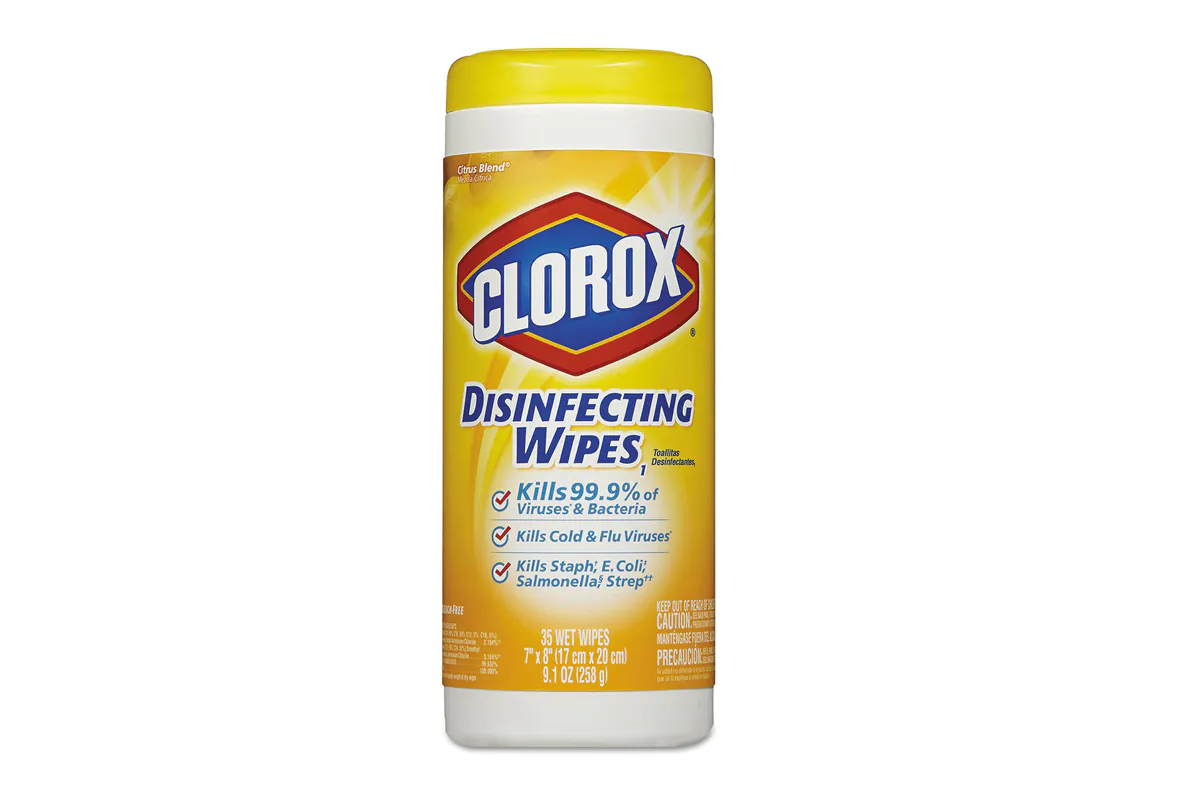
Niche Applications Demanding Precision
-
Healthcare
- Sanitizers: Non-critical devices (stethoscopes, blood pressure cuffs)
- Disinfectants: Bed rails, surgical tools
-
Travel
- Airplane trays: 8x more bacteria than toilet handles (Travel Medicine Journal)
- Use alcohol-free sanitizers9 to avoid damaging touchscreens
-
DIY Pitfalls
- Never reuse wipes10: They redistribute germs
- Don’t dry surfaces early: Contact time is non-negotiable
How Do I Choose the Right Wipe Without a Chemistry Degree?
Overwhelmed by options? This flowchart cuts through the noise.
Ask: “Is there food/child contact?” → Sanitize. “High viral risk?” → Disinfect. For porous surfaces like wood, verify compatibility to prevent damage.
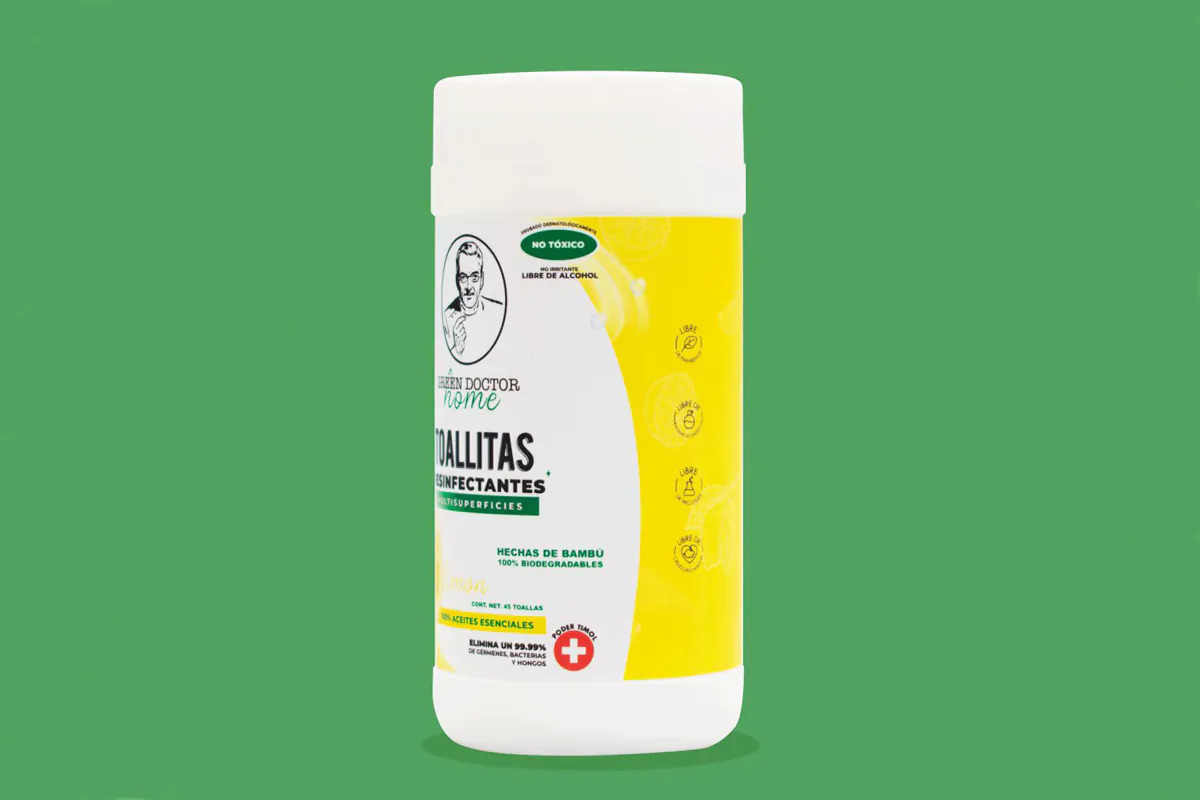
Brand Comparison Cheat Sheet
| Scenario | Recommended Type | Top Brands | Cost/Wipe |
|---|---|---|---|
| Daycares | Food-safe sanitizer | Clorox Free & Clear | $0.12 |
| Gyms | Broad-spectrum disinfectant | Lysol Pro Line | $0.31 |
| Electronics | Alcohol-free sanitizer | Nice ‘N Clean | $0.08 |
| Hospitality | Eco-friendly disinfectant | Purell Professional | $0.28 |
Are “Natural” Wipes Just Greenwashing?
Vinegar-based cleaners flood Pinterest, but do they work? Lab tests reveal harsh truths.
University of Arizona found natural wipes11 reduce germs by only 47% vs. 99.9% for EPA-certified options12. For true safety, certification trumps marketing claims.

Myth-Busting Lab Results
- “Sanitizers don’t kill COVID”: False. [EPA List N](https://www.epa.gov/coronavirus/about-list-n-disinfectants-coronavirus-covid-19-0)13 includes 23 sanitizers effective against SARS-CoV-2
- “Essential oils disinfect”: Tea tree oil needs 60+ minutes contact time – impractical for most uses
- “Reusable cloths = eco-friendly”: 92% harbor bacteria after machine washing ([University of Bonn](https://europeantissue.com/wp-content/uploads/The-infection-risks-associated-with-clothing-and-household-linens.pdf)14)
What’s Next for Wipe Technology?
The future wipes are smarter, greener, and hyper-targeted.
2025 will bring plant-based fibers15 that dissolve in 30 days and color-changing indicators that signal germ removal. Sustainable packaging will dominate B2B contracts.
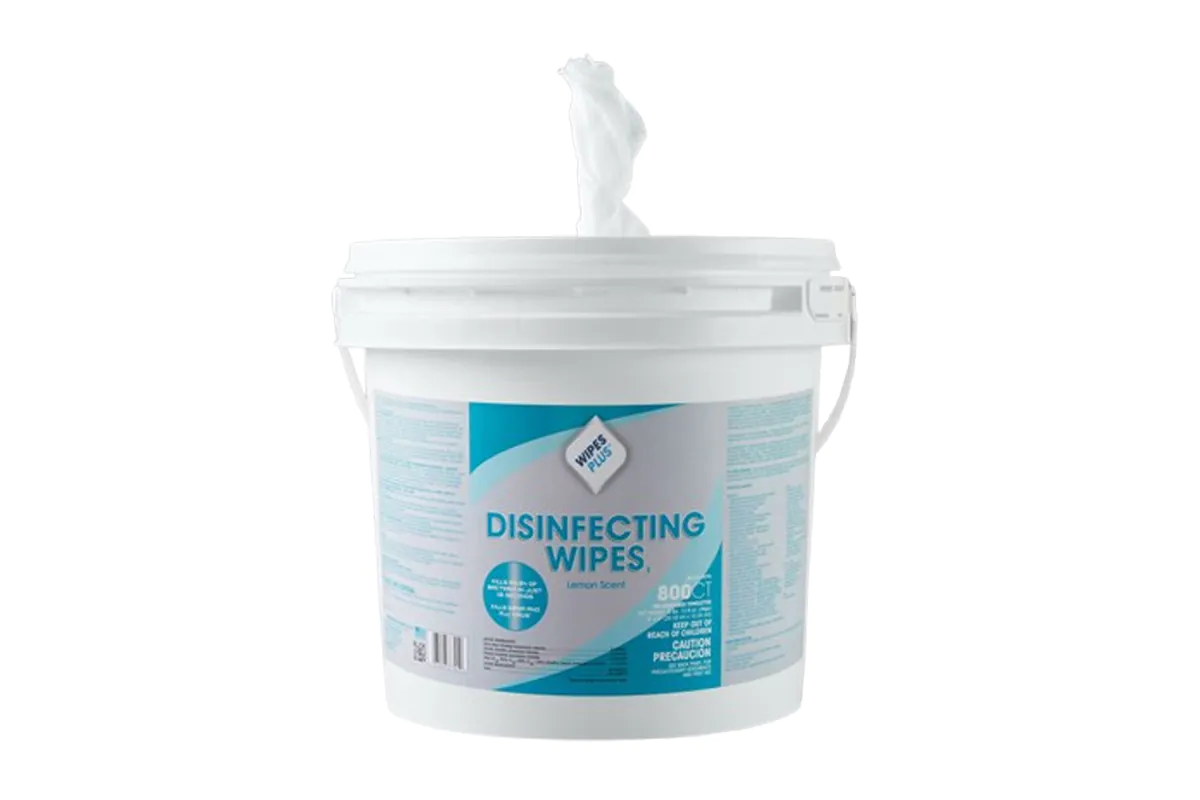
Industry Shifts to Watch
- Materials: Corn starch wrappers replacing plastic16
- Delivery Systems: Refillable dispensers cutting waste by 70%17
- Smart Tech: RFID tags tracking expiration dates18
Conclusion
Match wipes to your specific germ risks: sanitizers for frequent, food-safe use; disinfectants for high-pathogen scenarios. Always verify EPA/FDA certifications.
Elbert Zhao
Founder, Elbert Wipes Solutions
📧[email protected] | 🌐 www.elbertwipes.com
8 production lines | 22 processing lines | OEKO-TEX certified | Walmart-approved supplier
-
Explore this link to understand how effective sanitizing wipes can be in reducing harmful bacteria quickly, ensuring better hygiene. ↩
-
Learn about the importance of using disinfectants properly to maximize their effectiveness against pathogens, especially in critical environments. ↩
-
This resource will guide you on selecting the right cleaning products based on specific risks, enhancing your infection prevention strategy. ↩
-
Learn about the rigorous standards that ensure the effectiveness of cleaning products, vital for maintaining hygiene. ↩
-
Discover why alcohol-free options can be safer and just as effective for high-touch areas, enhancing your cleaning routine. ↩
-
Explore the advantages of sanitizing wipes, including their effectiveness and safety for various environments. ↩
-
Understanding FDA standards can help ensure safe use of sanitizers in food-related settings. ↩
-
Learn about the effectiveness and safety of benzalkonium chloride wipes in reducing bacterial counts. ↩
-
Explore the advantages of alcohol-free sanitizers, especially for sensitive surfaces like touchscreens, to make informed choices. ↩
-
Learn about the dangers of reusing wipes and how it can lead to germ redistribution, compromising your cleaning efforts. ↩
-
Explore the effectiveness of natural wipes compared to traditional options and understand the science behind their claims. ↩
-
Learn about the significance of EPA certification in cleaning products and how it ensures safety and effectiveness. ↩
-
Explore EPA List N to understand which sanitizers are effective against COVID-19, ensuring safety and compliance. ↩
-
Discover the University of Bonn’s findings on bacteria in reusable cloths, crucial for hygiene and health awareness. ↩
-
Learn about the advantages of plant-based fibers in wipes, promoting sustainability and environmental health. ↩
-
Explore how corn starch wrappers are revolutionizing packaging and reducing plastic waste, making a positive environmental impact. ↩
-
Learn about the efficiency of refillable dispensers in reducing waste and promoting sustainability in delivery systems. ↩
-
Discover how RFID technology enhances food safety by accurately tracking expiration dates, ensuring better consumer protection. ↩

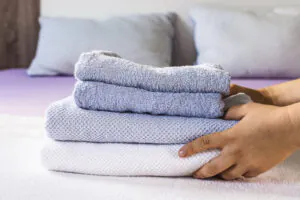


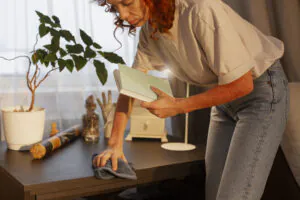

4 Responses
Je recommande vivement Ernestopro.fr pour vos besoins en désinfection. Leur large gamme de produits et leur expertise vous assurent des solutions efficaces et adaptées à chaque scénario. Que ce soit pour des lingettes ou d’autres dispositifs de nettoyage, leur professionnalisme et leur sérieux font toute la différence. N’hésitez pas à leur faire confiance pour garantir un environnement sûr et propre. Pour toute question ou conseil personnalisé, contactez-les à l’adresse [email protected].
Thanks for your comments.
some truly fantastic work on behalf of the owner of this internet site, utterly great content.
Appreciate you like it!